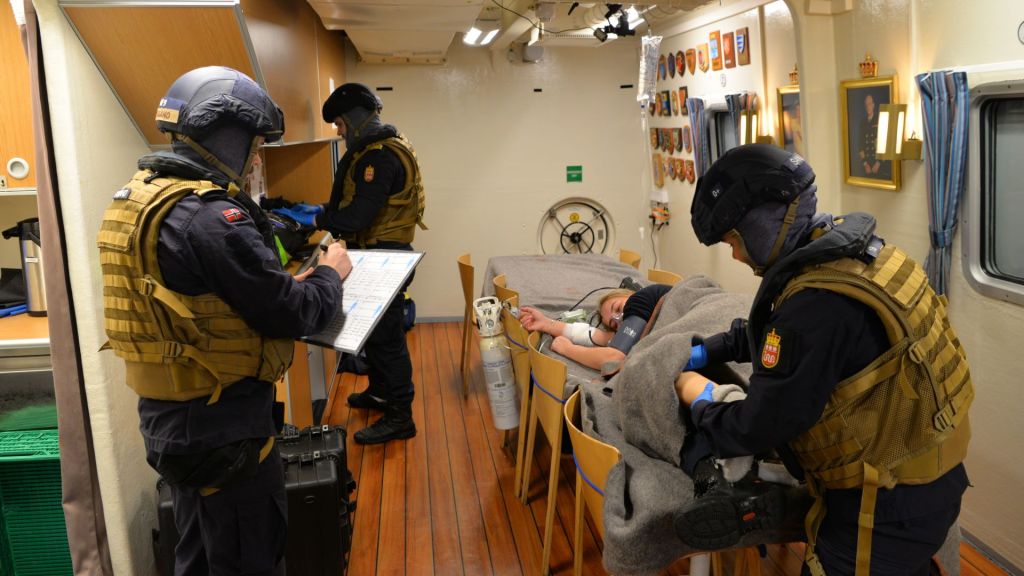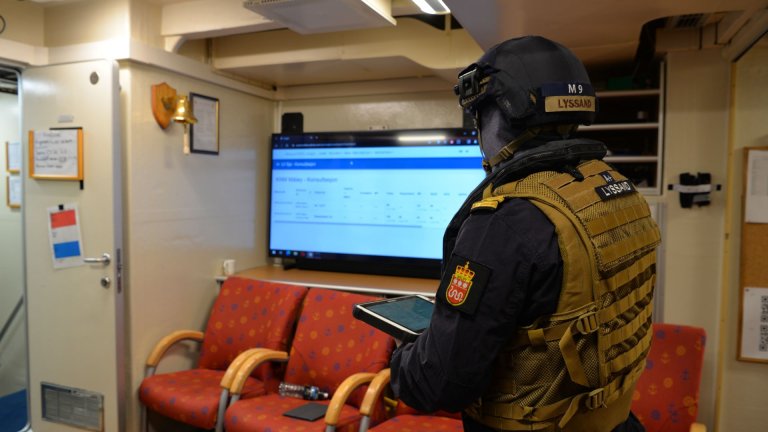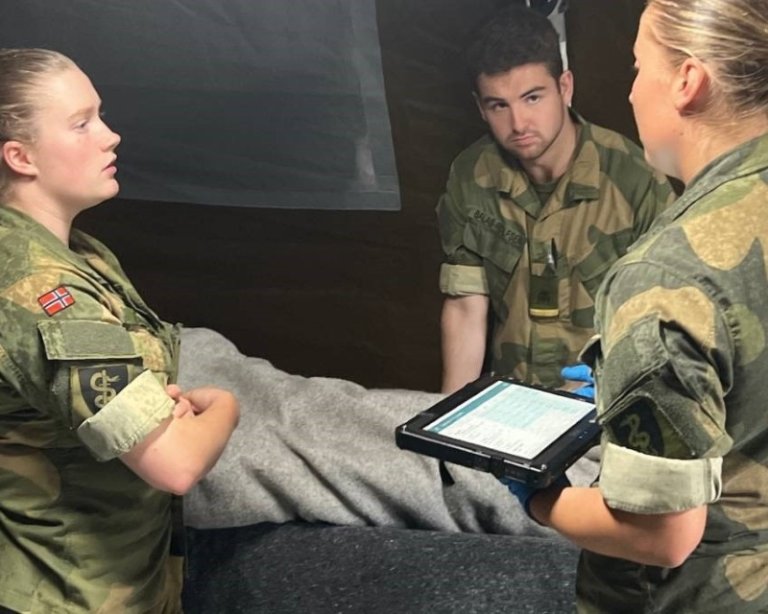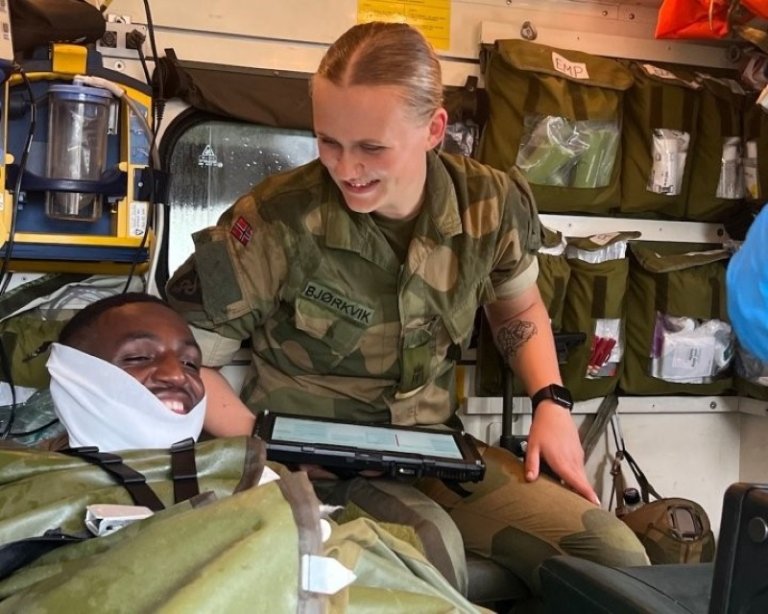ICT pilot that can save lives at sea
The Norwegian Navy is looking to enhance their capability of providing medical assistance to sick and injured individuals on board their vessels, in line with technological advancements.

Currently, medical personnel on board vessels communicate with the Norwegian Navy's emergency medical center for decision support via telephone. However, the Navy aims to establish a system that allows for the direct transfer of patient data, images, and videos to doctors for making safer and better-informed decisions regarding treatment. This system will also facilitate more effective collaboration between civilian and military healthcare by utilizing electronic patient records that are compatible with both systems.

Bliksund has been chosen as the sole supplier for the pilot.
The work began in August 2023 when the Norwegian Armed Forces Medical Services and the Mime programme in the Norwegian Defence Materiel Command conducted the Digital Serpent exercise in collaboration with the supplier, Bliksund. Bliksund has a framework agreement with Sykehusinnkjøp, which has been called off by all the Regional Health Authorities (RHF). The potential of using Bliksund is to transfer patients and patient information effortlessly from the Norwegian Armed Forces to public health institutions within the total defense framework. Additionally, the decision support module with telemedicine can be expanded to include support from the specialist health service.
What has been done?
After collaborating on the Digital Serpent exercise, efforts were made to secure funding and establish a pilot program for the Norwegian Navy. In mid-December, a contract was signed with Bliksund, which allowed the Norwegian Navy to pilot three vessels: HNoMS Måløy, NoCGV Harstad, and HNoMS Maud. HNoMS Måløy will join NATO's standing mine countermeasures force in the first half of 2024, while NoCGV Harstad will operate in areas beyond the range of helicopters from the mainland. Therefore, the vessel must provide optimal life-saving treatment for the crew and patients from the fishing fleet. HNoMS Maud has been selected to ensure adequate clinical interaction between the vessel and land-based medical capabilities. The contract includes customisation of the solution for the Norwegian Navy, as well as courses and training.
Experiences from using the telemedicine solution on HNoMS Måløy
HNoMS Måløy's ship manager, Lieutenant Commander Markus Johannessen, describes the telemedicine solution as follows:
"My impression of the tool is that it provides the medical team with a better overview while treating and assessing patients. It also allows them to give me, as the chief, a clear assessment of the situation. Direct communication with the doctor on land provides the medical team with a better basis for decision-making, which results in even better treatment. We are confident that with further training and testing, the tool will contribute greatly to the treatment of injured people on board,"
The process of executing the contract and implementing the adaptations by the Norwegian Navy has been very smooth. From the initial idea to the final product, everything has been done with great speed, thanks to the hard work put in by everyone involved. The key to success has been the good and orderly communication between all parties involved.


The plan ahead
Tests are currently ongoing on three vessels and regular exercises will be conducted to evaluate and adapt the system to the Navy's needs. The Norwegian Defence Medical Service will develop a decision-making framework based on the findings from the pilot. This will enable an assessment of the system's usefulness, potential for further use, and development, and the evaluation will take place in 2024.